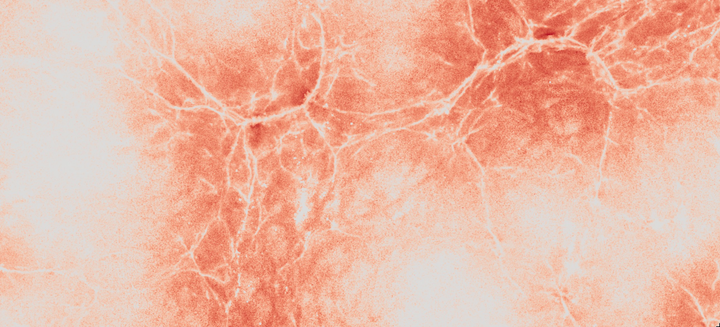The Lyman-alpha Cosmic Web
 Importance of Lyman-alpha-radiative transfer: Red (blue) regions show where photon scatterings boost (lessen) the luminosity of the large-scale structure.
Importance of Lyman-alpha-radiative transfer: Red (blue) regions show where photon scatterings boost (lessen) the luminosity of the large-scale structure.
Abstract
While Lyman-alpha emitters (LAEs) are already a popular astrophysical and cosmological tracer of the high-z (>2) universe, diffuse Lyman- alpha observations outside of galaxies could become a powerful probe of the filamentary structure of the cosmic web in the future. However, the interpretation of such observations is complicated due to the radiative transfer (RT) arising from the resonant nature of the Lyman-alpha line. In this talk, I present a new computational suite to quantify the impact of Lyman-alpha RT on the detectability of the large-scale structure. Applying this radiative transfer framework to the IllustrisTNG simulation suite, I would like to discuss preliminary results showing the contributions of different sourcing mechanisms (from star-formation, the UV background and cooling) relevant for the observability of the cosmic web.